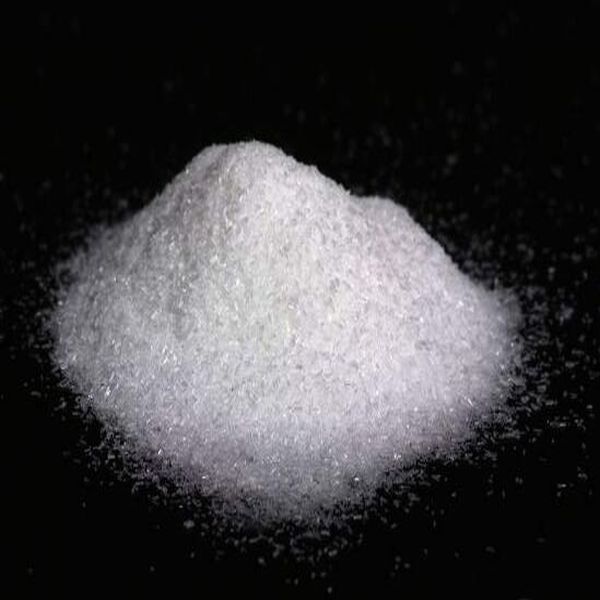Avermectin has gastrotoxic and contact killing effects on mites and insects and cannot kill eggs. The mechanism of action is different from that of general insecticides in that it interferes with neurophysiological activities and stimulates the release of γ-aminobutyric acid, which has an inhibitory effect on the nerve conduction of arthropods. Adults of mites, nymphs and insect larvae appear paralyzed after contact with avermectin, inactive, do not eat, and die after 2 to 4 days. Because it does not cause rapid dehydration of insects, the lethal effect of avermectin is relatively slow. Although avermectin has direct contact killing effect on predatory insects and parasitic natural enemies, it has little damage to beneficial insects due to the small residue on the plant surface. Avermectin is adsorbed by the soil, does not move, and is decomposed by microorganisms, so it has no cumulative effect in the environment and can be used as an integral part of comprehensive prevention and control. It is easy to prepare, it can be used by pouring the preparation into human water with a little stirring, and it is also safe for crops. It will not cause phytotoxicity when used according to the method described. Suitable for crop vegetables, citrus, cotton, etc.
Control target: There are special effects against antagonistic pests, such as diamondback moth, leaf miner, red spider, etc. Application technology: Avermectin has stomach toxicity and contact effect on mites and insects. It has strong permeability. After spraying the liquid onto the foliage of the plant, it quickly penetrates into the mesophyll to form a large number of mini sachets. Adults, nymphs and insects of mites The larvae appeared to be paralyzed immediately after eating and contacting with the liquid, inactive, not eating, and died 2 to 4 days later. Avermectin has very few pesticides on the leaves, and is quickly broken down into non-toxic substances, so it has little damage to natural enemies. Avermectin has no egg killing effect.
Avermectin is used to control mites such as red spiders, rust spiders, etc. 1.8% avermectin 3000-5000 times solution or 1.8% avermectin 20-33 ml per 100 liters of water (effective concentration 3.6-6 mg/ Rise). For controlling larvae of Lepidoptera insects such as Plutella xylostella, spray with 1.8% avermectin 2000~3000 times or add 1.8% avermectin 33~50 ml per 100 liters of water (effective concentration 6-9 mg/L) spray . The best effect is when the larvae are first hatched. Adding one-half of vegetable oil can improve the efficacy. Cotton field control spider mite uses 1.8% avermectin emulsifiable concentrate 30~40ml per acre (active ingredient 0.54~0.72g), the effective period can reach 30 days.
Precautions:
1. Avermectin has slower insecticidal and acaricidal speeds, and the peak of dead insects appears only 3 days after application, but the pests and moths stop feeding and harm on the day of application.
2. Avermectin is highly toxic to fish, so do not pollute the rivers and ponds with the liquid when applying the pesticide, and do not apply the pesticide during the honey bee harvest period.
Avermectin is highly effective against pests that are difficult to control with conventional pesticides such as pest mites, leaf miners, leaf moths and other borer pests or piercing and sucking pests. Avermectin is easily degraded in soil and water, and adsorbed by soil in the soil, will not leach, no residue, and will not pollute the environment; there is no accumulation and persistent residue in the organism, so Avermectin should belong to No pollution pesticides. Avermectin can also be decomposed into higher-active derivatives by soil microorganisms, such as the insecticidal effect on plant nematodes.
Post time: Jun-29-2020
